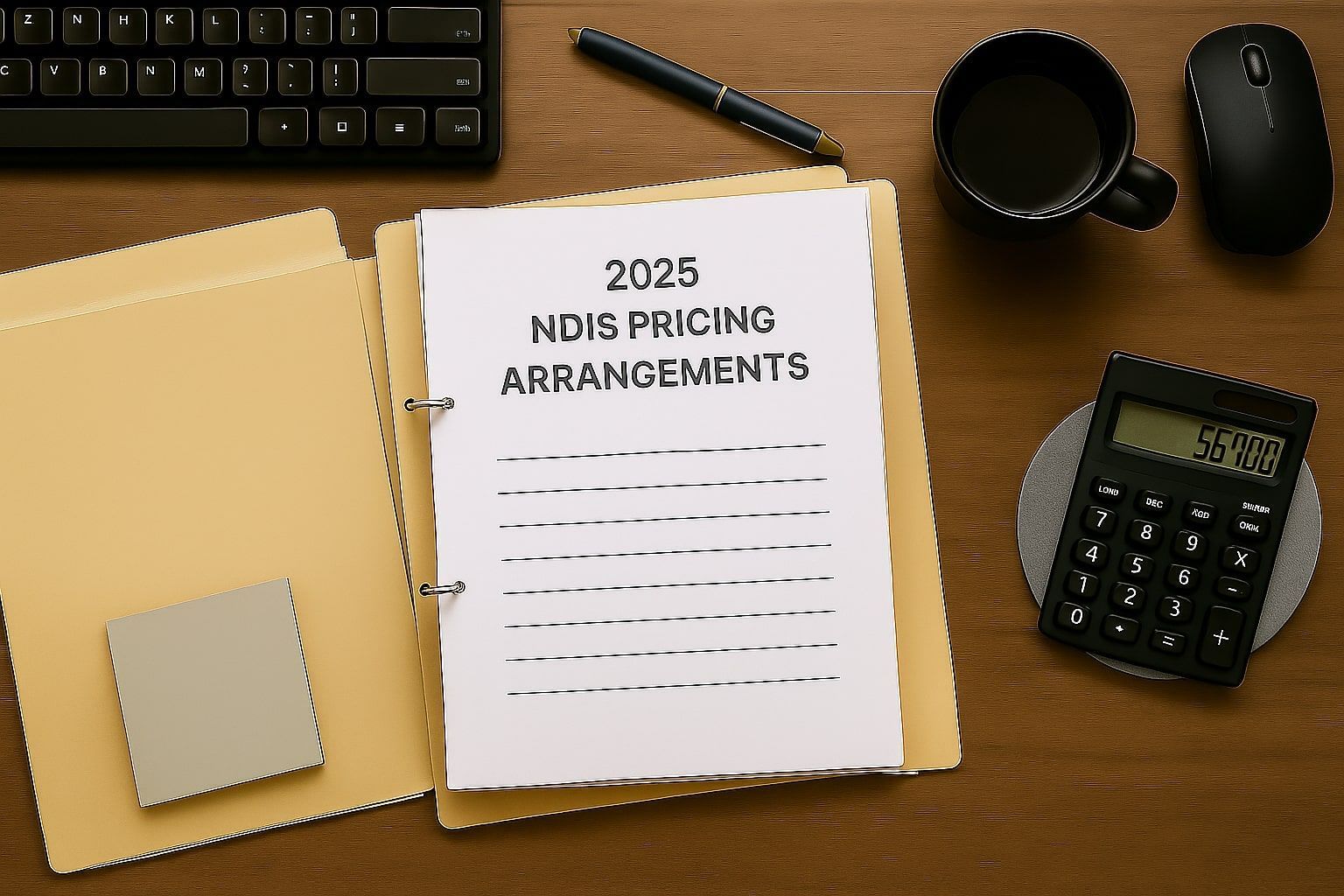The Strategic Guide to NDIS Investment Properties
With a heightened demand for quality disability accommodation, NDIS investment properties offer a unique opportunity for substantial financial returns. The National Disability Insurance Scheme (NDIS) significantly boosts the financial allure of SDA investments. Eligible individuals receive funding for their accommodation needs, ensuring a significant rental income for owners of NDIS investment properties. With net yields ranging from around 8-15%, the income stream from these investments have created a highly sought-after asset class associated with the growing demand for SDA housing.
Read also:
NDIS 2.0 Update: an Ultimate Guide for Investor
The Social Impact of NDIS Property Investment
Investing in SDA transcends financial gains, providing NDIS property investors with the profound satisfaction of contributing positively to the lives of people with disabilities. By offering specialised accommodation that promotes independence and inclusion, investors become key players in empowering individuals to lead enriching lives.
NDIS investment properties do more than just enhance the living standards of their occupants; they also serve the wider community. By investing in these properties, you champion social equality and confront the stigmas associated with disabilities, leaving a legacy of empathy and societal progress.
Understanding the Types of SDA Investments for NDIS Investors
NDIS investors should be aware of the four main types of SDA investments:
1. Participant-Led
These investments, which are tailored for certain NDIS participants with funding either secured or pending, come with pre-identified participants, land, design, and typically an attached provider, providing the investor with a high degree of certainty.
2. Provider-Led
To reduce investment risk, providers identify places where there is a high demand and a low supply for SDA housing. They are confident in their ability to secure participants during the building period, which can take anywhere from 8 to 18 months.
3. Builder-Led
Builders with expertise in SDA-compliant homes take on a marginally higher risk without pre-attached participants. However, they engage with various stakeholders to ensure they are building the right type of dwelling in high demand and low supply areas to ensure the highest chance of occupancy post-construction.
4. Investor-Led
This is where an investor opts to develop an SDA property, often on their own land. This route carries the highest risk due to potential compliance challenges and the necessity for the property to meet specific criteria, along with the additional challenge of ensuring they are building the right type of design in an area that has demand.
Typical of NDIS Investment Properties
There are several strategies one can adopt when investing in Specialist Disability Accommodation (SDA) properties. Here are the three principal methods:
Existing property with necessary modifications
To bring it into compliance with SDA regulations is the first step in this process. If the property is relatively new, this alternative may be less expensive than starting from scratch to develop a new residence, but it might still need extensive remodelling and adjustments to comply with SDA regulations. If a property is older than
1st April 2016, the minimum required refurbishment costs may well prove to be more expensive than building from new.
Construction of new properties
Investors may also decide to construct new properties that adhere to SDA guidelines. By choosing this option, investors can ensure that a new property is built to meet and go beyond the SDA design standards, making it appealing to potential tenants. Developers and builders with experience in creating SDA-compliant properties are able to work together with investors.
Purchase the land and house package
The most popular and convenient way to invest in SDA properties is through this option. A home and land package created especially as an SDA property is available for purchase by investors. There is a chance to help expand the total SDA housing supply by choosing this option. Investors can collaborate with builders and developers that have experience creating SDA-compliant properties when purchasing a house and land package
Read also:
Partnerting with NDIS Provider for SDA Investment
Strategic Locations for NDIS Investment Properties
The success of an NDIS property investment is also contingent on its location. Strategic placement in areas with accessible amenities and services is crucial. This ensures that residents can actively engage in community life, furthering the objectives of inclusion and accessibility. It is also of paramount importance that locations are chosen where there is demand and a gap in supply of SDA to ensure the right property is built in the right place.
The Power of Collaboration: Partnering with Experts in NDIS Property Investment
While the SDA investment landscape can appear daunting, allying with seasoned professionals can demystify the process. Collaborating with experts in NDIS property investment ensures that your venture aligns with both your financial goals and your commitment to making a positive social impact.
With a clear understanding of the various types of SDA investments, the importance of strategic location, and the value of expert partnerships, NDIS investors can make informed decisions that yield robust financial returns and meaningful social contributions.
If you need more information about NDIS Investing & SDA Housing, please contact us on LINK BELOW




